Ethnic Minorities in Ha Giang: Discovering Their Rich Traditions and Cultures
Ha Giang is a breathtaking province known for its stunning landscapes and vibrant cultural tapestry. Among the more than 20 ethnic minority groups that call this area home—the H’Mong, Tày, Dao, Lô Lô, and Nùng—each adding their own customs, traditions, and cultural legacy to the area. Let’s explore the rich diversity of these ethnic minorities in Ha Giang with MOTOGO Tours!
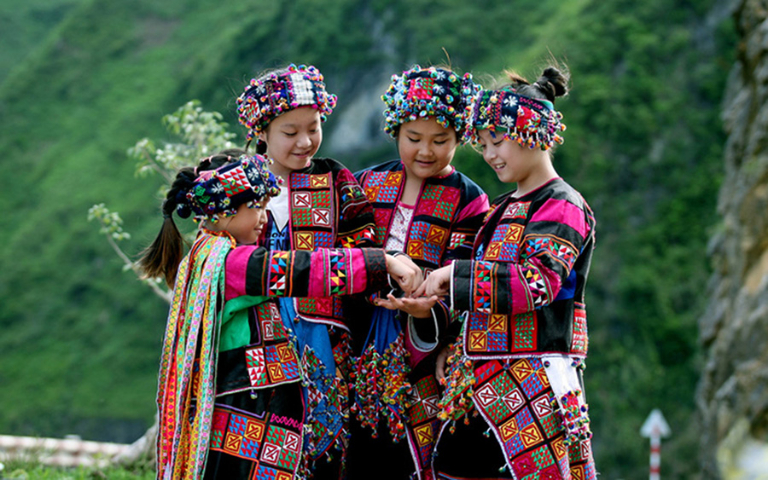
Overview of Ethnic Minorities in Ha Giang
Ha Giang has between 17 and 20 different ethnic minority groups and is a cultural melting pot. Among them the most notable are the H’Mong, Dao, Tày, Nùng, and Lô Lô. Every one of these groups has a distinctive and fascinating culture ranging from vivid traditional attire to bright folk celebrations and unusual rituals.
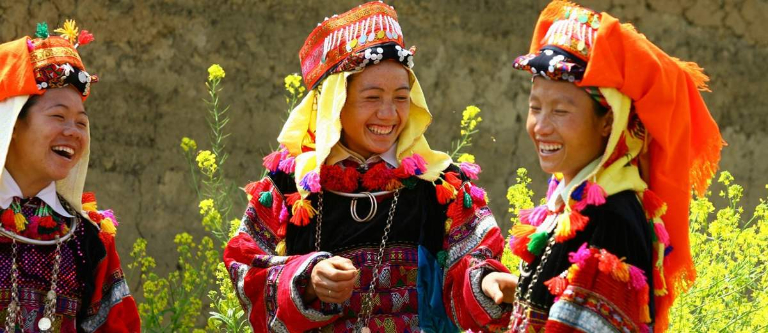
Apart from their rich cultural customs, the Ha Giang ethnic minorities are well-known for their traditional handicaps like silver cutting, ceramics, and weaving as well as their These crafts represent the close relationship these people have with their surroundings as well as their creative ability. Ha Giang’s varied cultures captivate visitors from all around the world year-round, eager to experience the customs and way of life of its ethnic communities.
Key Ethnic Minorities in Ha Giang
Ha Giang boasts a rich and varied cultural scene distinguished by the individual qualities of its ethnic communities. By its customs, attire, and traditional celebrations, every community adds to the cultural diversity of the area.
1. H’Mong Ethnic Group
Mostly living in the high mountainous areas of Ha Giang, the H’Mong people have strong ties to agriculture—especially to the raising of tobacco, rice, and corn. They are renowned for their distinct cultural traditions, which which include colourful, handwoven attire and several traditional celebrations that powerfully represent their ethnic identity, like the Gau Tao Festival
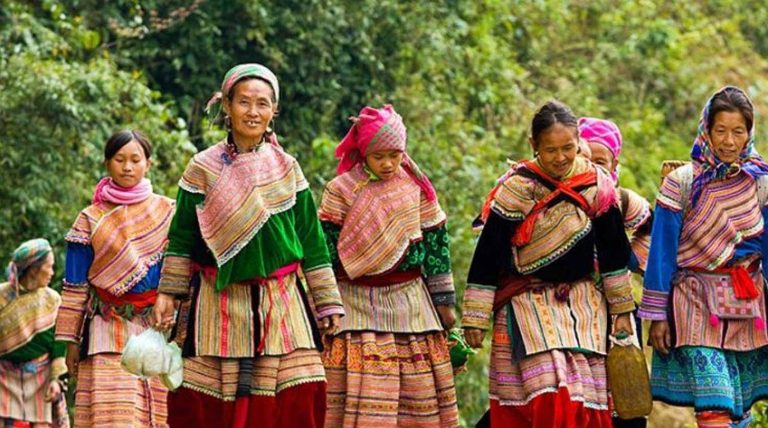
Celebrated as a feast for the senses, the H’Mong celebrations highlight their deft needlework and weaving techniques, creating distinctive hand-made goods. Their rich cultural legacy is symbolized in their frequently vivid pattern-adorned clothes.
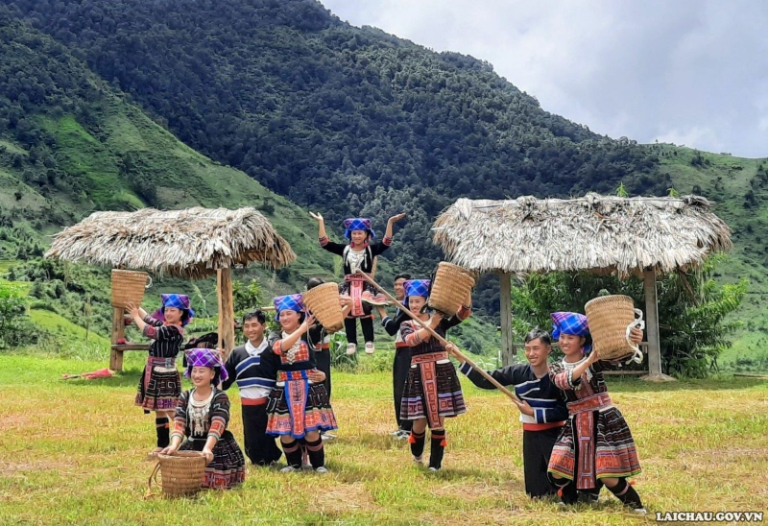
The mix of the H’Mong’s natural beauty and their rich culture—which provides unforgettable experiences via activities like trekking and celebrating traditional events—draws especially tourists. This immersive trip into the H’Mong way of life offers a chance to create lifelong memories and relationships with a rich culture, not only a visit.
2. Dao Ethnic Group
The Dao ethnic group stands out with their own customs and cultural features. Renowned for their beautiful traditional garb, usually in tones of red and embellished with complex needlework, the Dao women’s clothes especially comes out during celebrations.
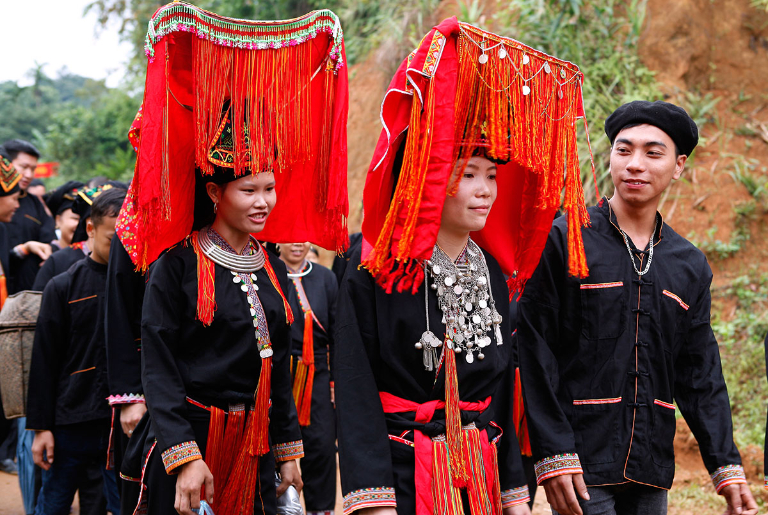
Of the several festivities, the Cap Sac festival—Rite of Passage—is among the most important. Celebrated with somber ceremonies and energetic cultural events highlighting the rich legacy of the Dao, this holiday symbolizes the coming of age for young males.

The Dao people attract tourists wanting to discover and experience their way of life with their blend of amazing natural surroundings, unique culture, and customary celebrations. Taking part in Dao festivals gives visitors a special window into their customs and traditions, therefore promoting a better knowledge of this amazing ethnic community.
3. Tay Ethnic Group
One of the main ethnic minorities of Ha Giang, the Tay people live mostly in valleys and around rivers. Particularly in the growing of fruit trees and wet rice, their robust agricultural tradition is well-known. Tay people are known for their stilt homes, which are deliberately constructed on higher ground to prevent flooding and offer comfort all through the changing seasons.

Usually made from natural cotton and decorated with complex hand-embroidered designs, the Tay people’s clothes are both exquisite and useful. Rich and varied, its cuisine includes delectable dishes including sour fish soup, boiling chicken, and five-color sticky rice.
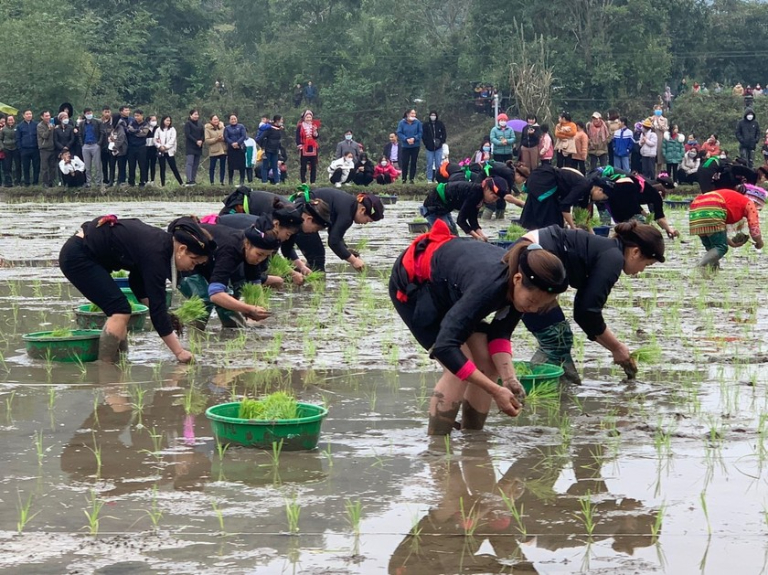
Beginning at the start of the new year, the Tay people celebrate customary celebrations such as the Long Tong Festival, which brings them together to pray for plentiful crops. These group festivities provide an opportunity for solidarity, thanks to the environment, and a strong bond to their cultural background. The Tay greatly add to the cultural mosaic of Ha Giang by their distinctive customs and great regard of the environment, which enthralls guests with their hospitality and rich customs.
4. Nung Ethnic Group | One of Ethnic Minorities of Ha Giang,
Often fashioned from lavishly patterned brocade fabric in a range of hues, the Nung people are renowned for their vivid traditional attire. Signature delicacies including sticky rice, square glutinous rice cakes, and a range of meat and vegetable dishes abound in their varied culinary tradition.

Nung traditional celebrations give a chance for people to show thanks to the ground and environment since they usually fall on the beginning of the new year and the harvest season. Especially remarkable is the Gau Tao Festival, when the Nùng people gather to pray for peace for their homeland and a plentiful crop.
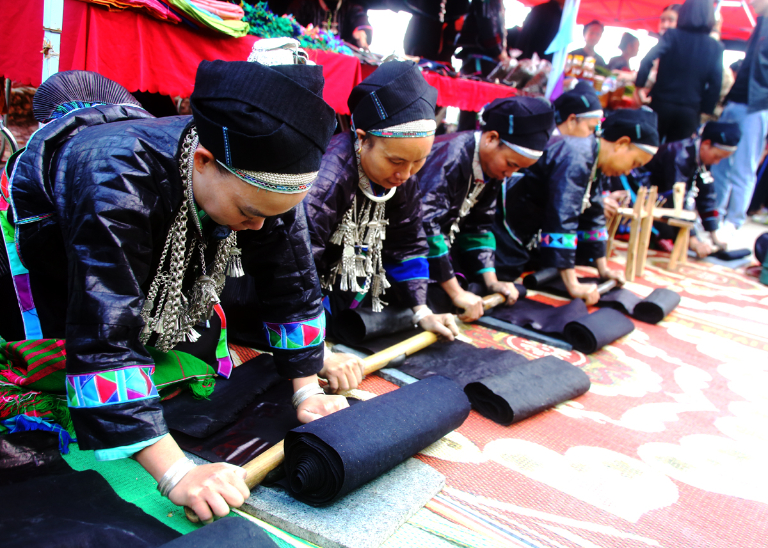
The Nung people not only improve Ha Giang’s cultural diversity but also draw visitors wanting to discover the particular cultures of the area with their diverse customs and friendly attitude. Engaging in traditional activities, learning about regional crafts, and enjoying real Nung cuisine will help guests to create lifelong memories.
5. Lo Lo Ethnic Group
The Lo Lo people primarily reside in the cooler, rugged high mountainous areas of Ha Giang. Their unique qualities and rich culture are well known. While males usually dress more simply, yet still show their cultural culture, Lo Lo women often wear long skirts and coats covered with complex patterns.
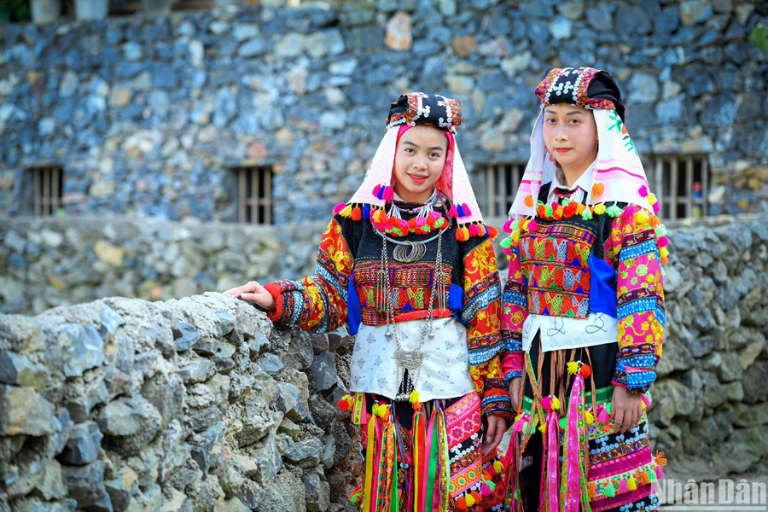
Dependent on conventional farming techniques, the Lo Lo grow rice, corn, and several vegetables. Deeply anchored in local flavors, its cuisine consists of meals created from fresh, natural foods. All made utilizing time-honored ways, visitors may savor excellent cuisine including grilled meats and five-color sticky rice.
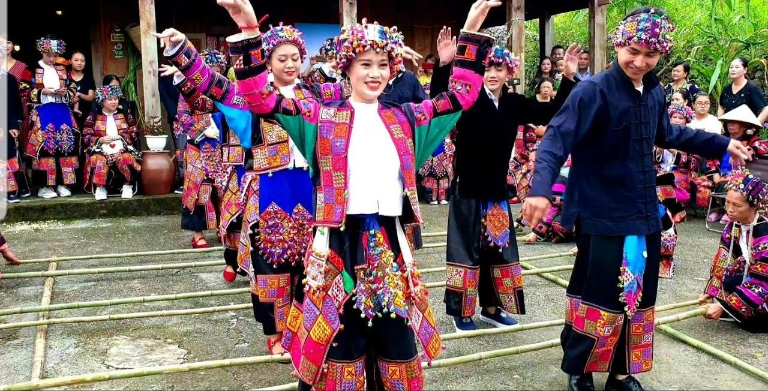
Apart from their breathtaking scenery, the Lo Lo people draw visitors with chances to personally encounter their rich culture. Participating in the Lo Lo community helps visitors to have a great awareness of their way of life, habits, and beliefs.
6. Giay Ethnic Group
The Giay people are renowned for their varied traditional clothing, usually created from cotton cloth with complex hand-embroidered designs. Their rich culinary legacy consists on specialized meals created from locally grown food. Focusing mostly on rice, corn, and many fruit trees, the Giay’s way of life is intimately linked to nature and traditional farming.

Usually occurring throughout the new year and harvest seasons, Giay celebrations show thanks to nature and their ancestors. The Giay people are a vital component of Ha Giang’s ethnic tapestry since these traditions like Drum Dance promote community cohesion and help to preserve their cultural identity.
7. The Pa Then Ethnic Group
The Pa Then ethnic group primarily inhabits the mountainous districts of Ha Giang. Although their number is somewhat tiny, their customs and culture depict a lifestyle closely connected with nature. Among the Pa Then, traditional attire is unique; ladies frequently wear long skirts and collared tops while men dress simpler.
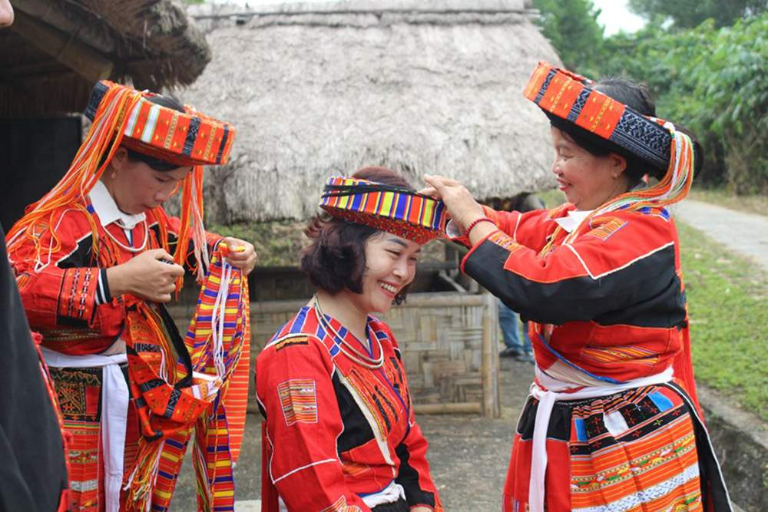
Their principal crops are rice, corn, and vegetables; farming provides their means of survival. Celebrating holidays all year long, particularly during harvest seasons, the Pa Then people honor very spiritual events with ceremonies Often accompanied by traditional dances and folk music that foster a feeling of community and shared legacy, these rites show thanks to the ground and their ancestors.
8. The Phu La Ethnic Group
The Phu La people predominantly reside in the northern mountainous provinces, including Ha Giang, Lao Cai, and Yen Bai. One of the few ethnic minorities living in Ha Giang, the Phu La have a distinct cultural identity shown in their attire and practices. Their clothes is basic but yet highly culturally significant; women wear long gowns and men dress simply.
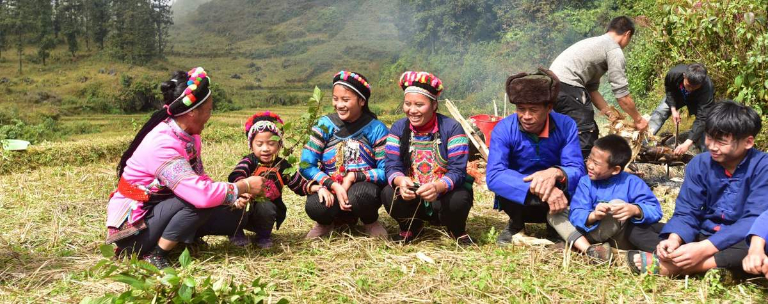
To show thanks to nature and their ancestors, the Phu La celebrate several holidays, particularly during Tet (Lunar New Year) and the harvest season. These events are carried out with great care, and they are accompanied by traditional dances and songs wishing for wealth and success in the next year.
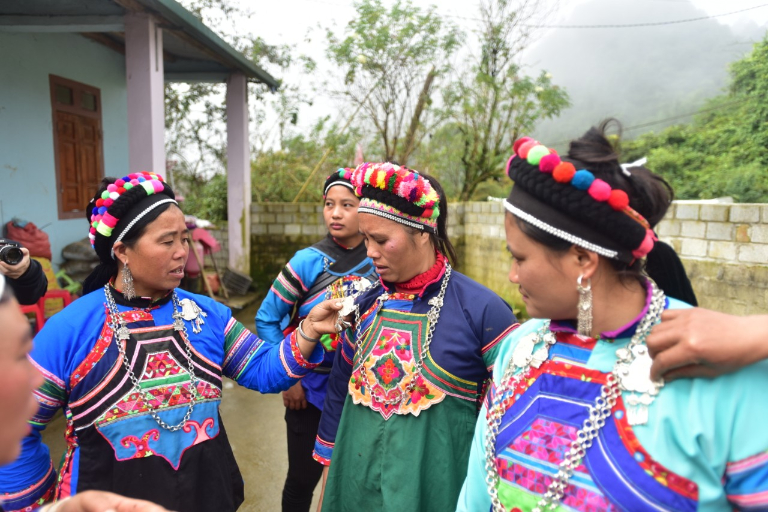
Combining traditional celebrations, distinctive attire, and rich rituals emphasizes the special qualities of the Phu La cultural scene in Ha Giang. Visitors can learn more about the long-standing customs and values of the highland people, investigate these cultural features, and see firsthand daily life of the people.
9. Co Lao Ethnic Group
Originating in China, the Co Lao ethnic group relocated to Vietnam many years ago. Red Co Lao, White Co Lao, and Green Co Lao make three primary groups out of them. Men wear simpler but distinctive clothing while women often wear long skirts covered with handcrafted embroidery in their traditional attire.
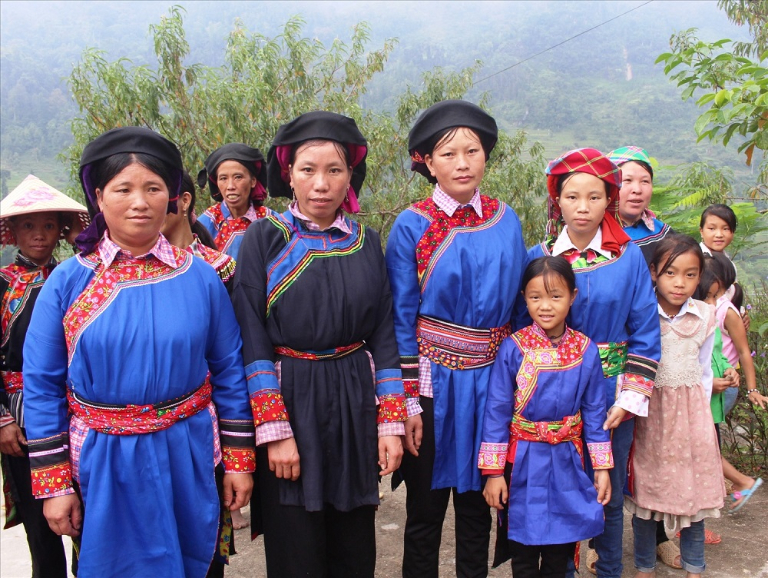
Though there is not a lot of Co Lao people, their rich and vivid cultural identity greatly adds to Ha Giang’s ethnic variety. Through traditional events, travellers visiting Ha Giang can interact with the Co Lao people and learn about their particular way of life and customs.
How to Experience the Culture of Ethnic Minorities in Ha Giang
Immersing yourself in the culture of ethnic minorities in Ha Giang is one of the most rewarding aspects of visiting this stunning region. Their customs, dialects, and ways of life provide a special viewpoint on Vietnam’s varied legacy.
Visiting Traditional Markets
Visiting Ha Giang’s local markets is among the most vivid and real ways one could engage with the local culture. These markets are social centers where people gather rather than only venues for buying and selling products. You should expect as follows:
Colors and Crafts: The many ethnic communities, like the H’mong and Tay, create vibrant fabrics and handicaps that line the markets. Look for handcrafted jewelry, finely woven baskets, and exquisitely embroidered clothes. Their rich cultural legacy is reflected in the work, which also provides a great means of supporting nearby artists.
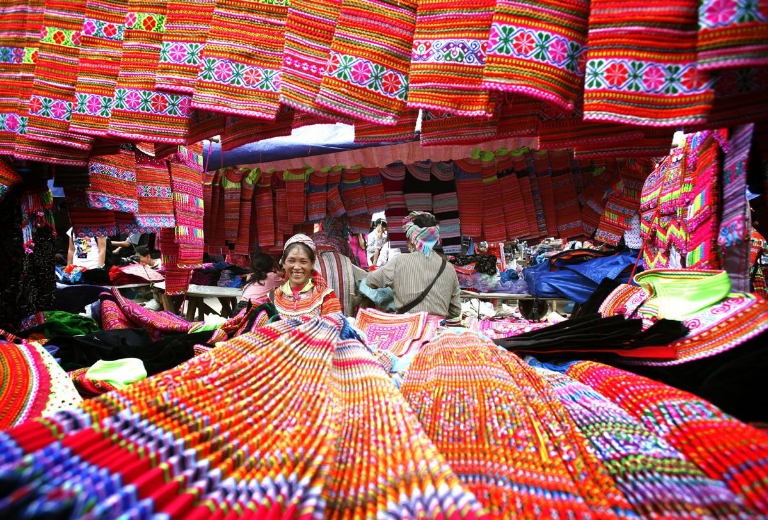
Local Produce: As you stroll through the stalls, you’ll encounter an array of fresh produce, including herbs, vegetables, and fruits native to the region.This presents a fantastic chance to taste regional cuisine including Dong Van rice rolls or thang co, a classic soup.
Engagement with Locals: Markets are alive and visiting the vendors may be a fun experience. Many are happy to relate tales of their daily life, customs, and crafts. Even a few words in their languages could help you to really authenticate your trip.
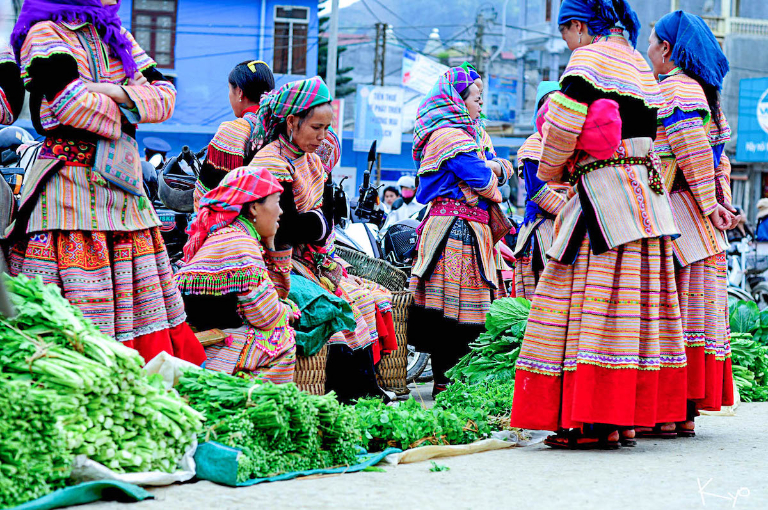
Participating in Festivals of Ethnic Minorities in Ha Giang
Festivals in Ha Giang are energetic manifestations of the rich culture and customs of ethnic diversity. Celebrating these events provides a close-up view of the life, values, and social relationships of various societies.
Cap Sac Festival
Celebrated mostly by the Tay ethnic group, the Cap Sac Festival is a major occasion honoring ancestors and looking for blessings for a great new year. Usually falling during the first lunar month, the festival usually aligns with new year festivities. It starts with rich ceremonies including offerings to ancestors.
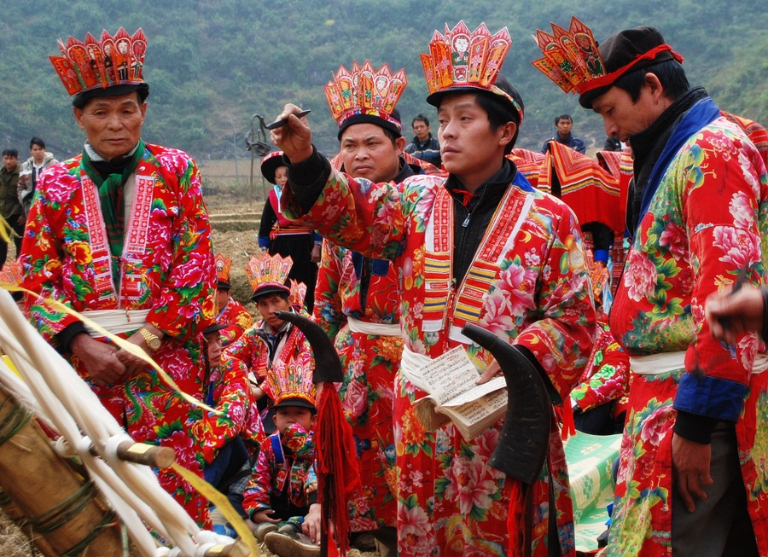
Communities gather around this celebration to share food and engage in customs including ancient games. You will see events that revitalize the community including folk dances and ném pao—throwing balls. Many times wearing their best traditional attire, attendees highlight complex designs and vivid colors.
Gau Tao Festival
Celebrated to pray for robust health and abundant crops, the Gau Tao Festival is a vital traditional occasion for the H’mong people. Usually falling in the first lunar month, this celebration lasts many days. Families set offerings and take part in ceremonies to guarantee their agricultural success.

The celebration is full of energetic events including archery and tug of war, two classic sports. These games develop ties in the community as well as provide entertainment value. Festival activities depend much on folk music and dance performances. It’s an interactive experience when local musicians perform traditional tunes and you might even be able to dance alongside them.
Khau Vai Love Market Festival
One of the most unusual and romantic events in Vietnam, the Khau Vai Love Market Festival draws young people seeking love and therefore strengthening links to their country. Attracting lots of guests, this celebration occurs yearly on the 27th day of the third lunar month.
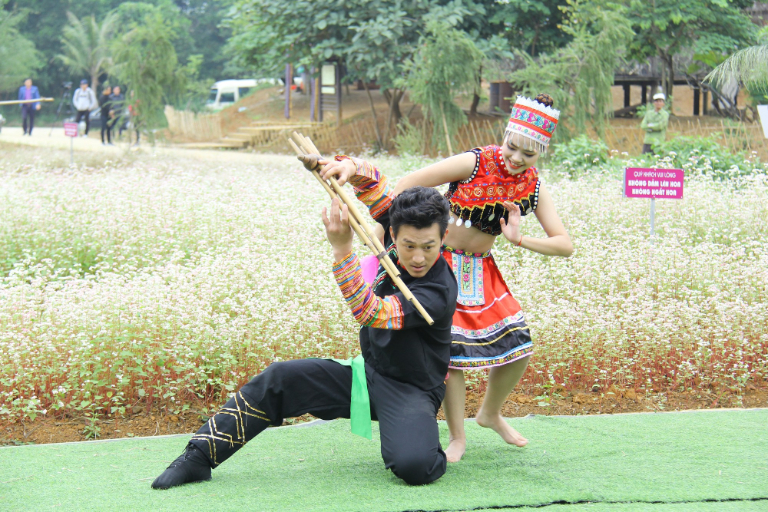
The matching feature of the Khau Vai Love Market is well-known. Young men and women meet possible mates and use songs and dancing to share their aspirations. Deeply ingrained in the event is the love story of two star-crossed lovers from the H’mong community. This story gives the celebrations a moving touch and qualifies as a romantic event.
Long Tong Festival
Celebrated by the Tay and Nung ethnic groups, the Long Tong Festival is a big agricultural celebration commemorating the start of the farming season. Usually occurring in January or February, this celebration falls along with the beginning of spring.
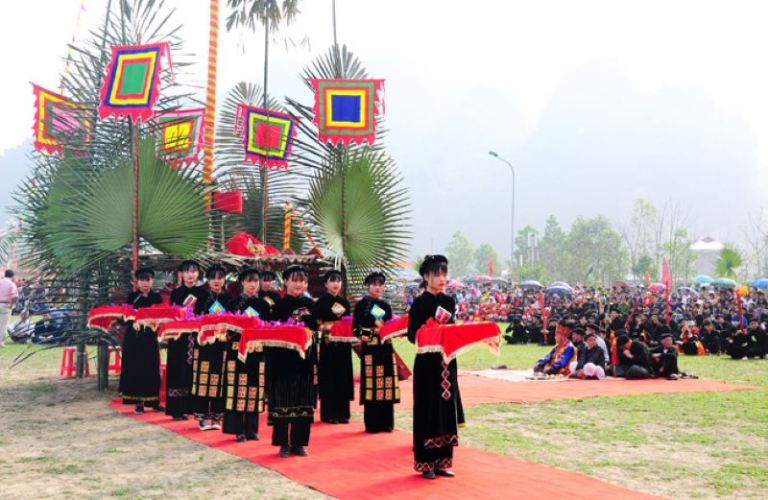
The Long Tong Festival includes ceremonies to pray for a bountiful harvest. Made to the gods, offerings of grains and fruits mirror the close relationship of the society to the ground. Following the customs, the event becomes a vibrant celebration featuring sports, dances, and traditional music. Locals dress in their finest traditional clothing, and guests are urged to participate in the celebrations.
The several ethnic minorities living in Ha Giang’s mountains and valleys have created an amazing tapestry of civilizations. Their customs, hardships, and resiliency provide a rich story that helps to define this amazing area. To truly appreciate Ha Giang, one must engage with its people, listen to their stories, and immerse oneself in their vibrant culture.
Related Posts:
- Local Handicrafts in Ha Giang | A Journey Through Culture and Craftsmanship
- Explore TOP 12 Unique Experiences in Ha Giang
- Best Spots for Ha Giang Photography: Capture the Beauty of The HighLand
- Ha Giang’s Culinary Specialties: Top 17 Famous Dishes From This Renowned Northern Land


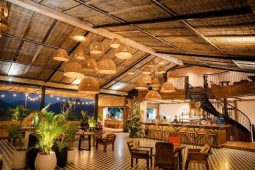


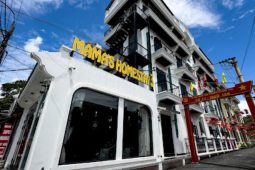
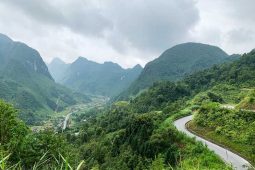

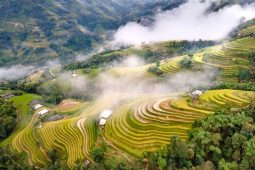

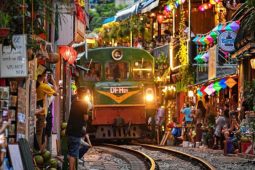

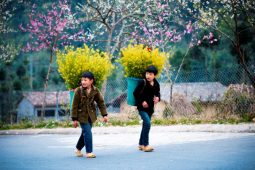
Be the first to comment!